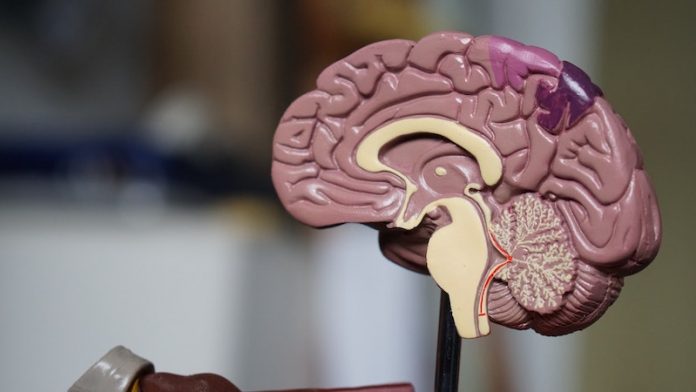
In updated guidelines, scientists from the American Heart Association/American Stroke Association suggest that many techniques widely considered standard care aren’t necessary for people who have intracerebral hemorrhages (bleeding strokes).
The revised guidelines include recommendations that cover all aspects of care, from surgical techniques to compression socks.
The research is published in stroke and was conducted by Dr. Steven M. Greenberg et al.
Bleeding strokes account for about 10% of the nearly 800,000 strokes that occur annually in the United States. It is one of the deadliest types of stroke, with a 30%-40% death rate.
There is no easy path to preventing or curing bleeding strokes, yet there is encouraging progress across all aspects of this disease, from prevention to in-hospital treatment and post-hospital recovery.
Primary intracerebral hemorrhage is distinct from brain hemorrhages caused by outside factors, such as trauma.
Typical causes include uncontrolled high blood pressure and age-related degeneration of the brain’s blood vessels. The condition affects Black and Hispanic people at disproportionately high rates.
The likelihood increases sharply with age, so such strokes are expected to remain a significant health concern as the population ages.
The new guidelines cite studies showing that:
‒ minimally invasive surgical procedures may be useful in treating some bleeding strokes.
‒ anti-seizure medicines and antidepressants don’t seem to help overall health unless a patient already was having seizures or depression.
Anti-seizure medication did not contribute to improvements in functionality or long-term seizure control, and antidepressants increased the chance of bone fractures.
‒ administering steroids to prevent complications from a bleeding stroke is ineffective.
‒ platelet transfusions, unless used during emergency surgery, may worsen a stroke survivor’s condition.
‒ wearing compression socks or stockings to prevent dangerous blood clots after a bleeding stroke is not effective.
Wrapping the lower legs and feet in inflatable boots may be helpful if started on the same day a bleeding stroke is diagnosed.
The team says people with a bleeding stroke may have increased pressure in the brain after the bleed, which can damage brain tissue.
These people should be considered candidates for immediate surgical procedures to relieve the pressure.
Because blood thinners may increase complications and death, the update provides advice on immediate reversal of those medications.
The guidelines also recommend education, practical support and training for family members so they know what to expect during rehabilitation.
If you care about stroke, please read studies about what to eat for stroke prevention, and more intensive blood pressure treatment could help prevent strokes.
For more information about stroke, please see recent studies about chocolate that may help reduce stroke risk, and results showing drinking coffee this way may prevent heart disease, stroke.
Copyright © 2022 Knowridge Science Report. All rights reserved.



